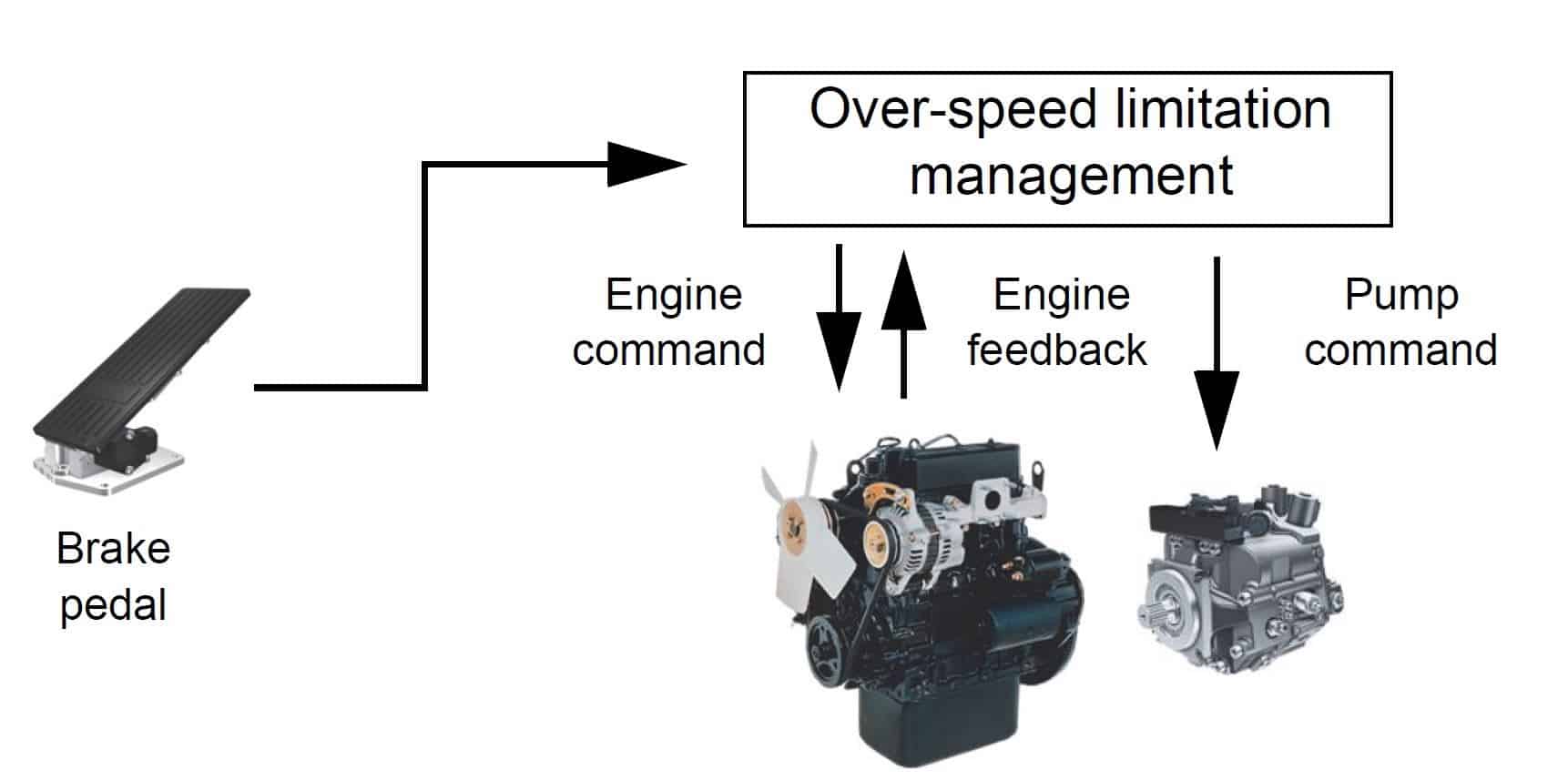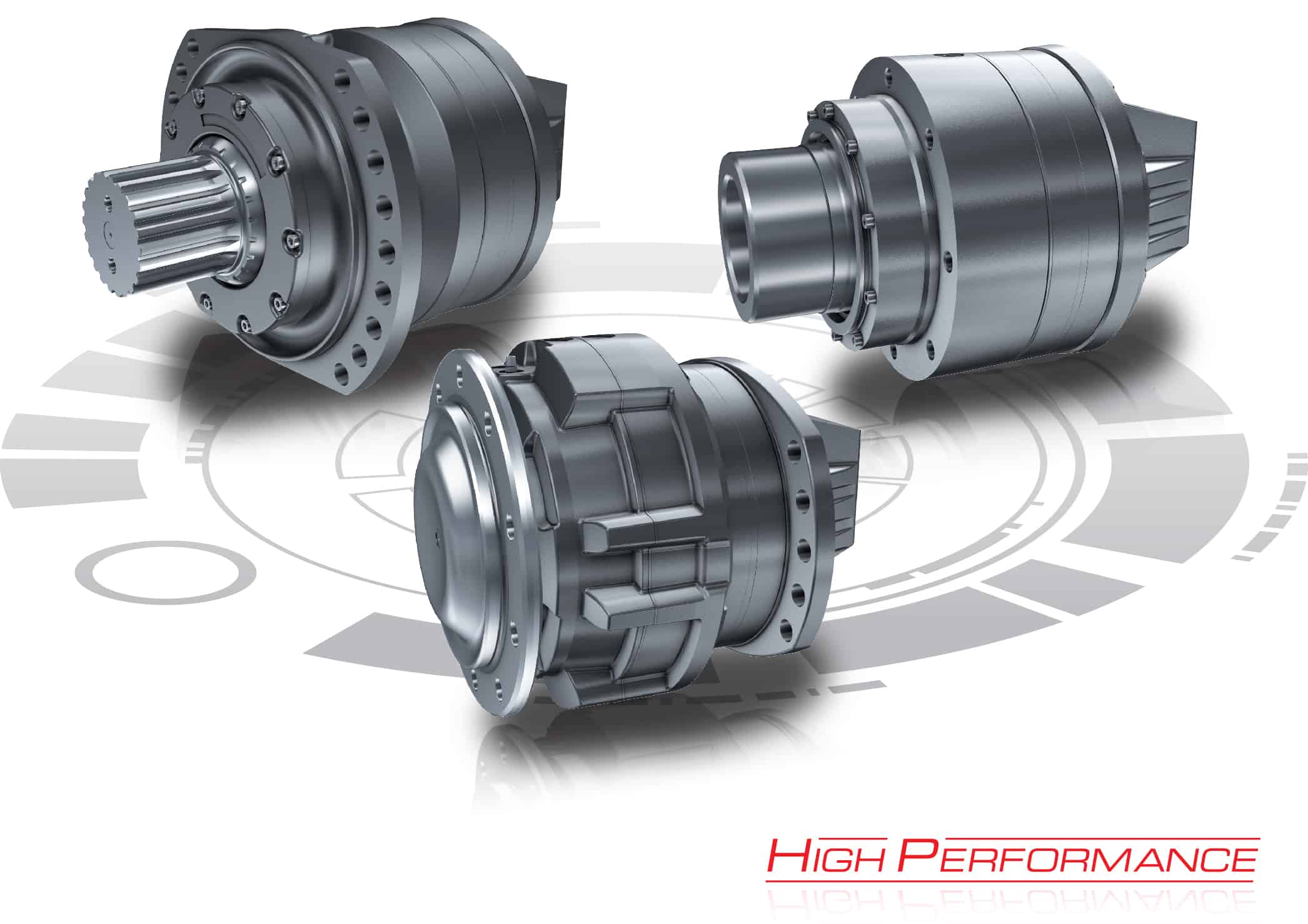As a mobile machine OEM, you generally build equipment that moves under its own power. It could have rubber tires, rail wheels, or tracks. It could be powered by electric motors, hydraulic motors, a mechanical transmission, or a combination of these.
A commonly applied form of mechanical energy transmission is the automotive style drive axle. While this is generally a very reliable and trouble free technology, it can come with long lead times (depending on specifics) and high cost compared to other solutions. It also requires a generally taller and larger frame to accommodate it. You might ask, “how can I upgrade from my mechanical drive system?”
We offer an exciting alternative to a typical hydraulic or mechanical transmission that offers benefits in cost, performance, dimensions, and weight in most cases. This alternative is the hydraulic direct wheel drive solution.
Hydraulic Direct Wheel Drive
Designing a frame to accept a hydraulic direct wheel drive system will greatly increase the available space for other system components. We have seen the larger outer dimensions of Tier 4 engines prompt redesign efforts with a goal of maximizing available space in/on the frame. Since the drive motors can mount to the sides of a frame rather than underneath it, the mechanical design efficiency is improved, additional space becomes available, and machine weight is reduced. Lower machine weight results in increased performance given the same available power. Weight can also be a factor in shipping considerations when a machine is close to requiring an “overweight” permit.

When designing a hydraulic wheel drive solution, there are, of course, some unique concerns to be considered. Bearing capacity and wheel centerline offset need to be carefully analyzed and optimized for best component life. When using traction control, there may need to be either additional flow dividers or pumps to split flow in the same way that axles inherently performed the same task. Also, since there are additional hydraulic components, there will be more heat generated and retained in the hydraulic oil, so additional cooling capacity may be needed depending on the system.
Using a direct hydraulic wheel drive system also offers easy implementation of advanced control features. Electronic horsepower limiting can be used to optimize performance for a machine that may have different engines or configurations. Traction control modules can automatically prevent wheel slippage based on sensor feedback. Engine overspeed prevention and anti-stall logic can be used to protect sensitive and costly Tier 4 engines. In many cases, depending on overall system requirements, there is a significant cost saving even with advanced features included.

Poclain MHP Motors (Source: Poclain Hydraulics)
We view implementing a hydraulic direct drive solution as a means to revitalize existing equipment (such as for Tier 4 compliance) or to ensure the most efficient design for a new machine. The savings in space and weight are augmented by the ability to use advanced control features.
We hope you will consider this exciting technology for your next design project. Contact the experts at Cross Company for a design review and assistance!
